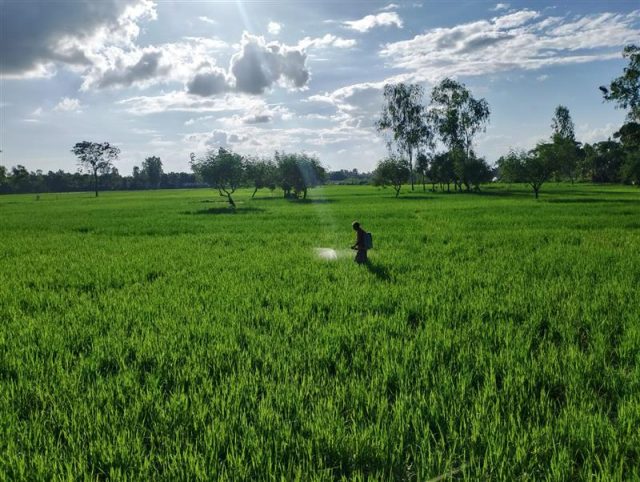Optimizing seasonal-spatial crop production to improve its economic-environmental performance in Bangladesh
- From
-
Published on
17.11.21
- Impact Area

BY MAN LI, ZHE GUO AND WEI ZHANG
Excess nitrogen produced by agricultural activities, mainly from manure and chemical fertilizers, is a primary source of nutrient pollution and presents serious environmental threats to natural ecosystems and human health. Particularly when it reaches bodies of water, excess nitrogen can lead to dead zones, hypoxia, fish kills and algal blooms that threaten biodiversity, and can contaminate drinking water to create unsafe conditions for humans.
Related news
-

New Genomic Discovery from ICRISAT Could Save Farmers Millions by Preventing Groundnut Sprouting Before Harvest
International Crops Research Institute for the Semi-Arid Tropics (ICRISAT)02.12.25-
Food security
-
Poverty reduction, livelihoods & jobs
Breakthrough study identifies varieties and key genes to halt sprouting before harvest in groundnut …
Read more -
-

From Dirt to Decision-Making: Governance and Soil Health Must Go Hand in Hand
Multifunctional Landscapes Science Program26.11.25-
Biodiversity
-
Environmental health
-
Environmental health & biodiversity
In October, the world convened in Des Moines for the 2025 Borlaug Dialogue under the…
Read more -
-

Cultivating climate-smart rice: How specific cultivars and smarter fertilizing can cut emissions and maintain yield
International Rice Research Institute (IRRI)19.11.25-
Climate adaptation & mitigation
-
Food security
By Bushra Humaira Sadaf A team of researchers from the Bangladesh Rice Research Institute (BRRI), I…
Read more -
